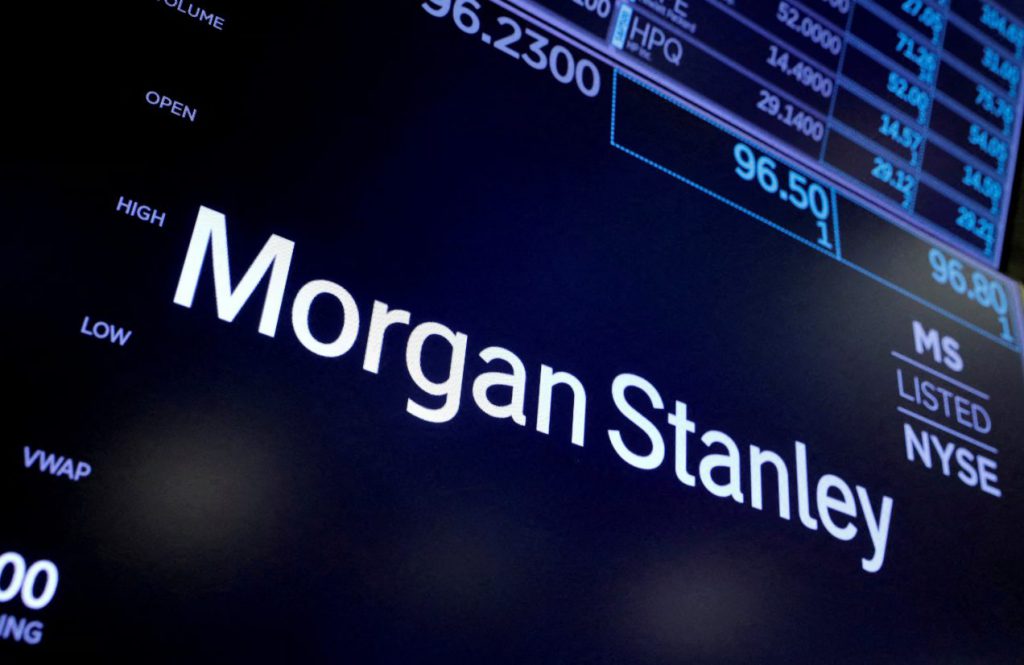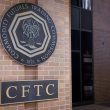The US market is currently in its most transformative stage. With multiple circuits and market domains undergoing revival and reversal patterns, Morgan Stanley has come up with two possible triggers, stating that the next year will launch a new S&P rally, exploring highs worth 16%.
Also Read: Why Shiba Inu (SHIB) Will Survive the Next Cycle & Rise Stronger
Triggers Catapulting S&P 500 to Hit 16% High


Per the latest Morgan Stanley report, the markets are currently prepping in, all set to ramp up a new S&P 500 rally. The new MS Outlook predicts S&P to trade past $7800 next year, banking on the buildable AI infrastructure.
“We believe that we’re in the midst of a new bull market and earnings cycle, especially for many of the lagging areas of the index. We think that most of the elements of a classic early-cycle environment are with us today,” a team led by Mike Wilson, the bank’s chief US equity strategist, wrote in a note on Monday.
First and foremost, MS analysts believe the US will undergo a rolling recovery next year, where each sector, after going through a downturn, will emerge stronger than before. This narrative may help support corporate earnings and eventually end up helping stocks gain.
“The capitulation around Liberation Day marked the end of a three-year rolling recession and the start of a rolling recovery,” Morgan Stanley said. “We think that most of the elements of a classic early-cycle environment are with us today,” the bank added, pointing to tailwinds like a rebound in earnings revisions breadth and pent-up demand across the economy. As shared by the market insider
US Economy Hot Mode to End Next Year?
Secondly, Morgan Stanley analysts shared how the US economy is currently in its “running hot mode.” The experts were quick to note how the US administration is busy dealing with the chaos (high debt levels and deficit spending), inching towards establishing stability in the near future.
“We believe a 2-year up cycle began in April 2025 with firming pricing power/inflation and broadening earnings growth and will likely last until the Fed has to tighten policy again, as it can only tolerate inflation to a point, in our view,” they said. “We think the risk of that is at least 12 months out, which is beyond our forecast period.”
Also Read: Billionaire Explains The Math Behind Why Cash Fails, & Bitcoin Doesn’t





